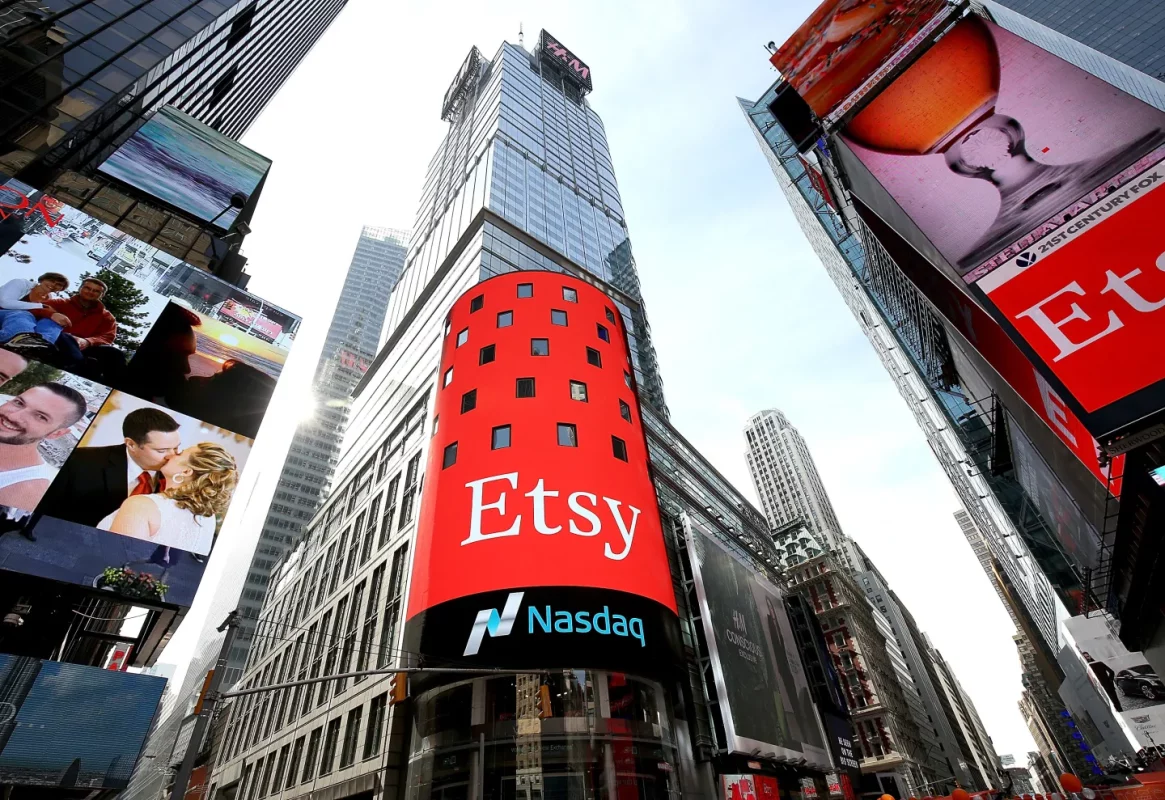
How Drop-Shipping Killed Etsy
Etsy was once a vibrant online marketplace where artisans, vintage sellers, and small-scale creators could showcase their handmade or unique goods. For almost two decades, it cultivated a loyal community of sellers and buyers, all united by a shared appreciation for creativity and craftsmanship. However, the Etsy of today looks vastly different from its early years. What once made Etsy unique—a focus on handmade or vintage, high-quality products—has been increasingly overshadowed by dropshipping and modern mass-produced goods. This shift has made the site nearly unshoppable for those seeking antiques or craftwork and has sparked debates about whether the platform can still fulfill its original mission.
Etsy was founded in 2005 with the mission to “Keep Commerce Human.” It was a haven for crafters, artists, and collectors looking to sell their work online. Whether it was handmade jewelry, original concert tees, mid-century modern furniture, or hand-printed stationery, Etsy allowed sellers to find an audience that appreciated their work. By offering an alternative to big-box retailers, Etsy provided a space where small-scale creators could thrive. For many sellers, the platform was not just a source of income but a community where they could connect with others who shared similar passions.
Sellers were drawn to the idea of controlling their creative process and building businesses around their craft. The sense of authenticity on Etsy resonated with buyers who were willing to pay a premium for unique items. However, as Etsy’s user base grew and e-commerce evolved, the platform began to change in ways that left many of its original sellers disillusioned.

One of the most significant changes on Etsy has been the rise of dropshipping, a retail fulfillment method where sellers don’t keep goods in stock but instead purchase items from third-party suppliers who ship directly to the customer. While Etsy’s rules technically prohibit reselling, some dropshippers have found loopholes, allowing them to use production partners for print-on-demand goods. Companies like Printify and Printful offer these services, enabling Etsy sellers to create a storefront without ever handling the products themselves. This is especially noticeable when shopping for vintage tees, as it can be difficult to find original tees amidst a flood of modern print-to-order versions of the same designs.
This influx of dropshippers has drastically altered the platform’s landscape, Etsy now faces a flood of mass-produced items. These goods, often cheaper to produce and ship, dominate search results, pushing genuine handmade products aside. As a result, traditional artisans find it harder to compete, both in terms of visibility and pricing.
Etsy’s leadership hasn’t been blind to these changes. The company implemented rules requiring sellers to disclose when they use production partners, but enforcement has been inconsistent. This inconsistency has led to the perception that Etsy prioritizes its own growth and revenue over maintaining its commitment to handmade craftsmanship and supporting the sellers who helped the platform succeed.
Etsy’s shift toward a more commercial focus became even more apparent after it went public in 2015. With shareholders to satisfy, the company began making decisions that emphasized growth, including raising seller fees and investing heavily in advertising. For example, Etsy takes a 6.5% transaction fee, on top of listing fees and optional advertising costs. These additional costs cut into the profits of small-scale artisans and pickers, many of whom already operate on razor-thin margins. The result is a marketplace where mass-produced goods can thrive, while genuine handmade items are drowned out.
If Etsy continues to allow mass-produced items and dropshipping to dominate the platform, it risks alienating its original community of buyers and sellers. Whether Etsy can strike a balance between profitability and authenticity remains to be seen, but for many, the Etsy of today is far from the one that once promised to “Keep Commerce Human.”


Discussion